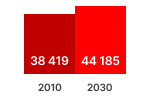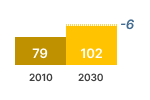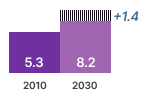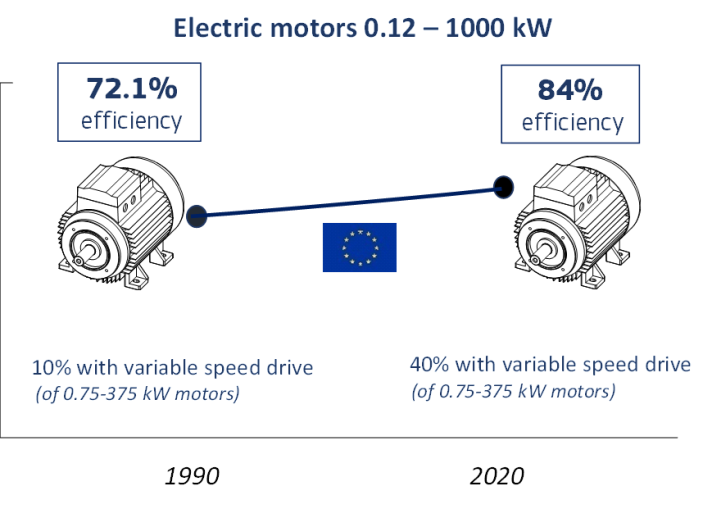An electric motor is a device that converts electric energy into mechanical energy in the form of a rotation (torque and speed). A variable speed drive is an electronic device that can be used to adjust the rotation speed of an electric motor according to the needs of the application.
There are about 8 billion electric motors in use in the EU, consuming nearly 50% of the electricity EU produces.
The sector is very heterogeneous, with a considerable variety of technologies, applications and sizes, ranging from tiny motors, such as those driving cooling fans in computers, to huge motors in heavy industries.
Regulation 640/2009 applied to 3-phase AC induction motors with powers between 0.75 - 375 kW and input voltage < 1000 V. In 2020 this regarded 88 million installed motors that consumed 903 TWh/a of electricity.
Regulation 2019/1781 extends the scope (details below) to include 380 million motors, consuming 1326 TWh/a of electricity in 2020. This is 56% of the final electricity consumption in EU27 in 2020 of 205 mtoe = 2384 TWh (Eurostat Energy Balance, Apr. 2023).
Source: estimations from the Ecodesign Impact Accounting Overview Report 2023












